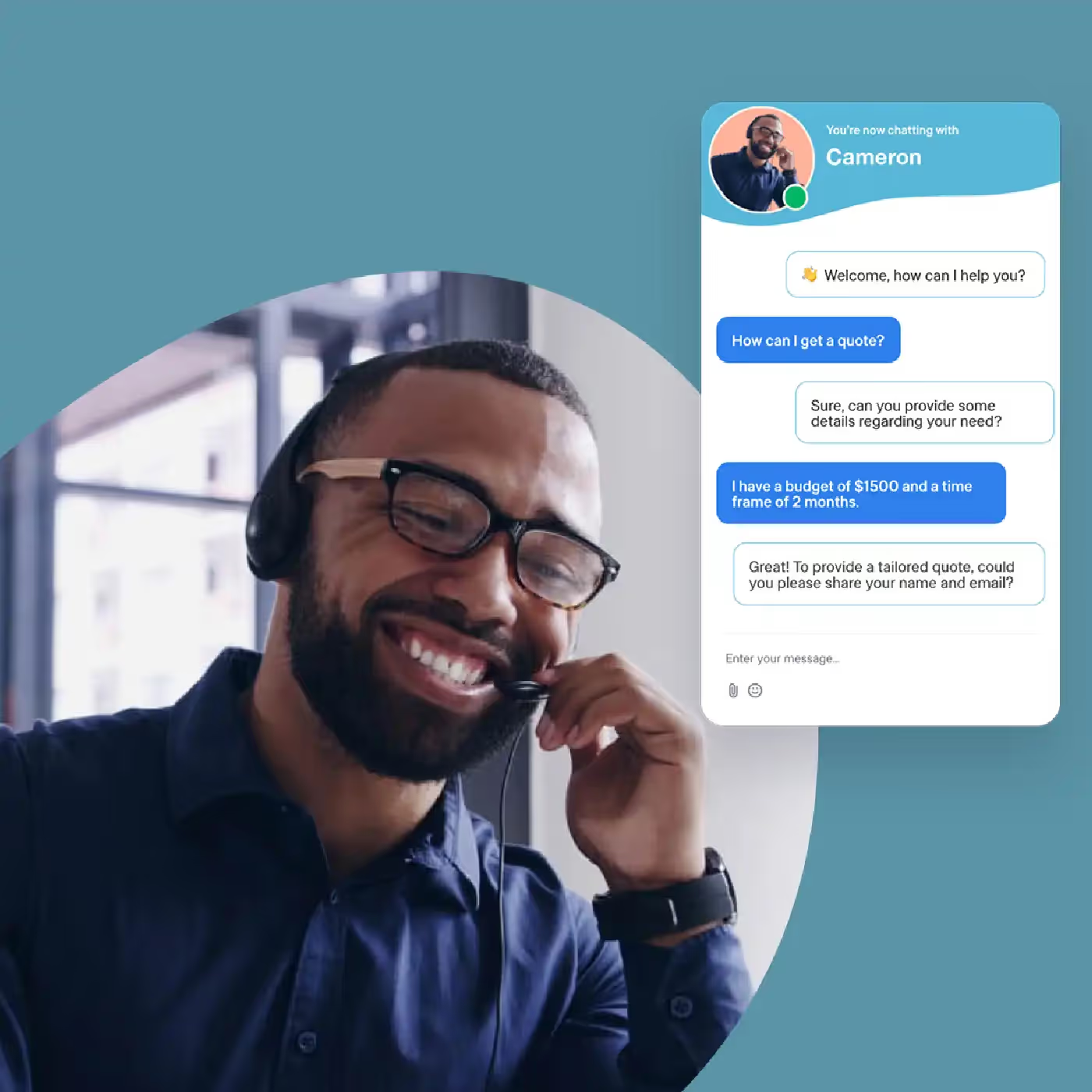Owned vs Shared Data: How Popular Tools Are Training AI Models
Owned vs Shared Data: How Popular Tools Are Training AI Models

As AI increasingly becomes a standard part of business, the way that these machine learning models are trained is coming into question. Data privacy is the primary concern, as users essentially have the capability to input any information they like into an AI tool and have it generate a result. Even OpenAI, the brains behind ChatGPT, acknowledges these limitations and concerns and is working to resolve them.
Understanding owned vs shared data is part of the process. What you can do with data depends on who it belongs to and what permissions you have. And since data is the foundation of any generative AI model, it takes center stage. Let’s look at what owned and shared data are, and then we’ll talk about how data is being used to train AI models.
What is owned data?
Owned data is data that you own specifically. It is data that you have collected from various sources and that can be used to help you train AI tools to make smarter decisions and moves in your organization. Owned data can include all manner of information and demographics, including personally identifiable information (PII) and is usually kept private.
When you have owned data, you have data that your customers have told you that you can use for various purposes. You may end up putting this data to use to help with your marketing campaigns. In that case, some of the data you own may also become shared data.
What is shared data?
Shared data is not the same thing as public data. Public data is free to access by anyone and does not include limitations or ownership rights. Data sharing happens when multiple parties or teams use the same information for various purposes. For example, your marketing team may share data with the sales team, or you might even have the go-ahead to share information with certain third parties.
Using shared data gives AI models access to a wealth of information that they can use to train themselves and produce various outcomes. It’s important for your team to know the difference between shared data and other sources so that you can proceed accordingly.
What data can be used to train AI models?
AI models, also sometimes called “generative AI models”, require huge data sets in the early phases of training. Therefore, companies may not have access to all of the data that they need on their own. Companies can benefit from their own data collected over the years, but they can also use shared data and other tools.
The shared data that you can gather may be more robust than that you have collected on your own. In industries like finance or healthcare, pre-training AI models or fine-tuning them requires robust, honed data that may not be readily available to new companies and entities in the market.
The type of data that is used to train artificial intelligence and machine learning models varies but is something that new companies may not have access to readily. That is where data sharing and using generative AI tools can come in handy. However, companies also need to be able to regulate their data collection practices and make sure that they are maximizing the data that they collect.
The focus of AI in business
Using data accordingly will help businesses drive new growth with AI. Companies are turning to machine learning and automation for things like customer experience, revenue growth and cost optimization, and even streamlining operations for a better experience. Using AI allows businesses to do things faster and easier. Routine tasks are streamlined and repetitive work is automated, meaning your people can focus on what truly matters.
Of course, the risk of training AI models and using generative AI are also important to understand. Although there are several benefits to be had here, potential risks include things like:
- Accuracy and usefulness of information, since AI can sometimes produce fabricated answers based on the input given.
- A lack of transparency because tools like ChatGPT and other AI are unpredictable.
- Bias because of a lack of controls or input that covers legal requirements and company policies.
- Security and fraud risks because of the data exchanged through generative AI and the ability to use AI for malicious purposes.
- Intellectual property and copyright issues, since there are no data governance protocols in place regarding data that is used to train AI models.
- Sustainability, since generative AI requires a lot of electricity and effort on the part of the organization.
It’s important for organizations to have regulatory guidelines in place even though there aren’t many compliance and legal guidelines in place at the moment. Major countries like the US, UK, and Canada are currently working on creating their own regulatory environments for generative AI and data security and sharing.
Examples of generative AI training
With all the owned and shared data that you collect, you can create a lot of valuable AI resources. In practical application, high-level uses of AI include:
- Idea and topic generation, including keyword research
- Question answer and discovery
- Outlines and summaries
- Classification of content by use case
- Chatbots and AI support tools
- Software coding
With a proper understanding of the risks involved, as well as how to put all the data that you have to good use, training AI models can help your business in several key ways.
Speaking of help, outsourcing could be another key to your success.
Smith.ai has been following the world of AI and working to create the best support and resources for our partners along the way. Our virtual receptionists can provide support for your business in the form of a 24/7 answering service so that you never miss a lead, along with assistance for lead intake and appointment scheduling.
Plus, if you’re working on perfecting that AI chatbot, ask about our chat services instead. To learn more, schedule a consultation or reach out to hello@smith.ai.
Take the faster path to growth. Get Smith.ai today.
Key Areas to Explore
Technical Implementation Terms
Voice user interface (VUl) design
Speech recognition integration
Text-to-speech optimization
API connectivity and webhooks
Real-time data synchronization

Your submission has been received!










.svg)



